- Fact Checked
Last Updated: August 29, 2022
Asia is home to many unique fruits. So if you’re hoping to add a little more variety to your vegan diet, you might want to give some of these options a try.
Fiber, vitamin C, and vitamin A are just a few essential nutrients that you’ll often find in fruit. Some Asian fruits can have benefits for vegans as well. For instance, they can provide calcium and protein, which many vegans struggle to get enough of. Some fruits also have textures that can make for tasty meat substitutes!
You may be familiar with the Mandarin orange, but have you ever eaten breadfruit? And if you have a bit of a sweet tooth, you’ll surely want to give the Japanese persimmon a try. Read on to learn more about the amazing fruits that this continent has to offer!
The Asian pear is a fruit native to Japan and China. They tend to have a round shape and yellow-brown flesh. They look very similar to a golden apple, but once you bite into them, you’ll notice the soft texture and distinct pear flavor.
Asian pears are delicious on their own. However, you can also serve them sliced up in salads or add them to a smoothie!

One average-sized Asian pear has roughly:
They’re high in essential nutrients like fiber, potassium, and vitamin C.
Asian pears were a symbol of protection during the Edo period in Japan. Many people would plant pear trees near their homes to repel misfortune or those with cruel intentions.
Kumquats are a bite-sized fruit with origins in China. They have a round, orange appearance and belong to the citrus family.
These fruits are rather sour. You can eat them on their own, but if you aren’t fond of the taste, they taste great when you bake them into desserts.

A single kumquat contains 13 calories, 3 grams of carbohydrates, 0.2 grams of fat, and 0.4 grams of protein. They’re a good source of fiber and vitamin C as well.
Kumquats are a symbol of good luck in China. Many people will give kumquat plants to their loved ones as a gift for the Lunar New Year!
The lychee is native to Southern China, India, and several African countries. This fruit has a pinkish-red peel and a white inside with a very sweet taste.
Lychee has a floral, citrusy flavor that many people compare to rose. You typically wouldn’t eat lychee on its own; instead, it’s more common to use it in desserts, such as pudding.
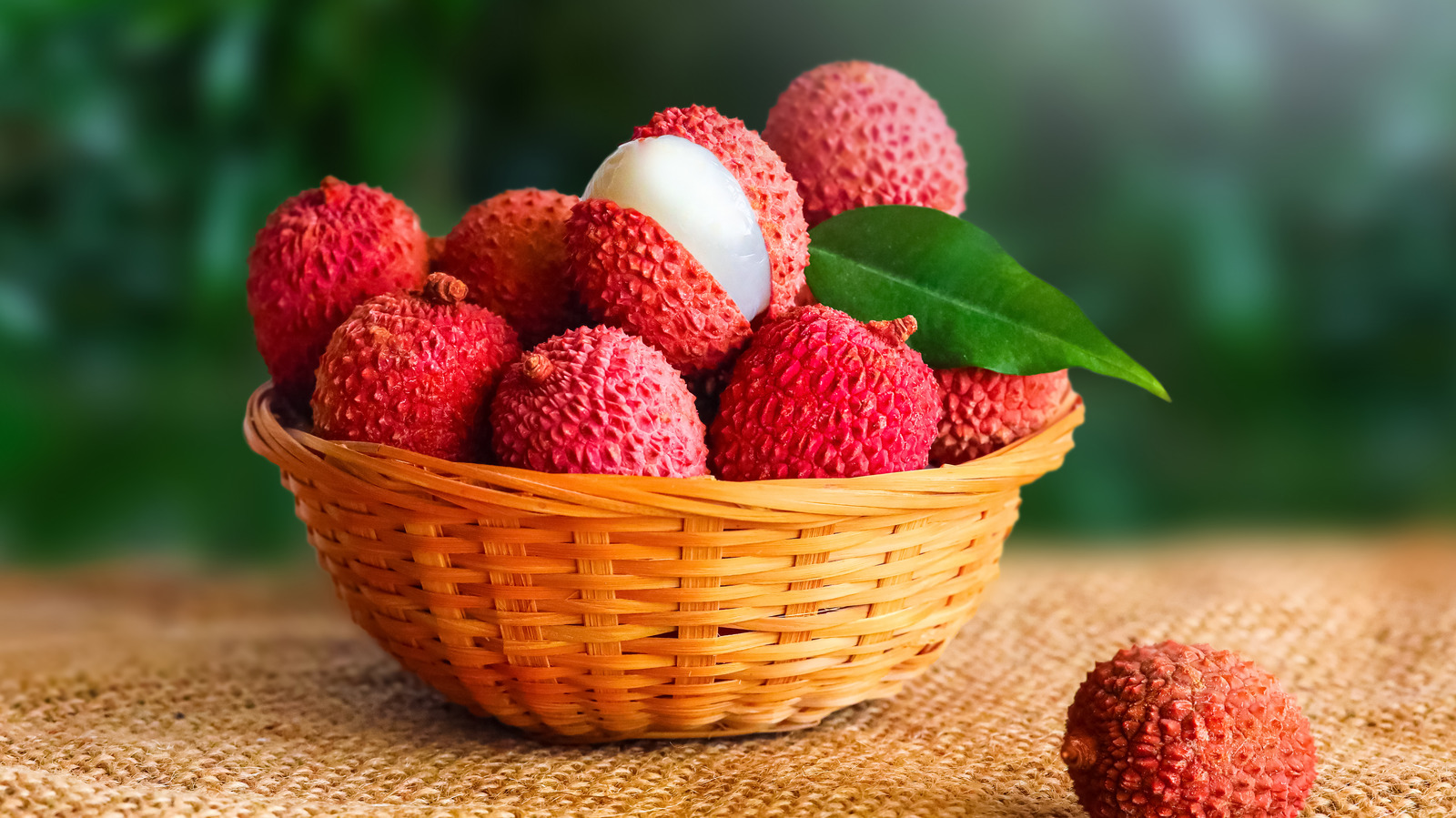
One serving of lychee has about:
This tasty Asian fruit is high in vitamin C and vitamin B6 as well.
Because of their origins and strawberry-like appearance, lychees have earned the nickname “Chinese strawberry.” Many consider this fruit a symbol of love, so consider enjoying a lychee dessert this upcoming Valentine’s Day!
The star fruit, or carambola, has one truly unique appearance. It has five ridges that give it a star-like shape when you slice it! This fruit can be either yellow or green, and has an edible peel with a juicy inside.
Star fruit tastes quite similar to grapes and apples. You can eat them raw, cook them into preserves, use them in homemade juices, or even dehydrate them.
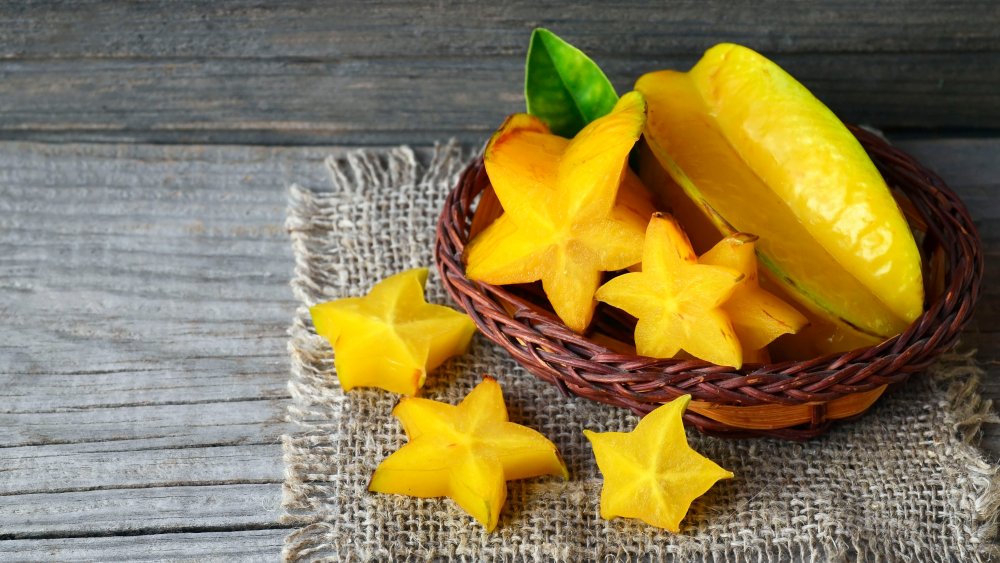
Star fruit contains 28 calories, 6 grams of carbohydrates, 0.3 grams of fat, and around 1 gram of protein. It’s a pretty good source of fiber and vitamin C, too.
While this is a delicious fruit with many benefits, it can pose some risks for people with kidney disease.
The jackfruit’s native home ranges from Southern Asia to South America. It has a tough, green outer shell and a chewy texture inside.
Because of its meat-like texture, jackfruit is a common substitute for pulled pork or chicken. If you eat it fresh, it will have a sweet taste similar to pineapple.

A one-cup serving of jackfruit has just under 160 calories, 38 grams of carbohydrates, 1 gram of fat, and 2.8 grams of protein. They can also provide essential nutrients, such as protein and fiber!
Jackfruit is an incredibly large fruit, and in some instances, a single fruit can weigh over 100 pounds.
Rambutans are a Southeast Asian fruit with a unique appearance. They have a fuzzy outer peel that looks a bit like a red sea urchin. If you’re a fan of lychee, you’ll probably enjoy rambutan because they have very similar flavors.
When you cut them open, you’ll find a white, gel-like flesh inside. You can eat rambutan on its own, but just make sure to avoid the pit. It also tastes great in smoothies or curry.
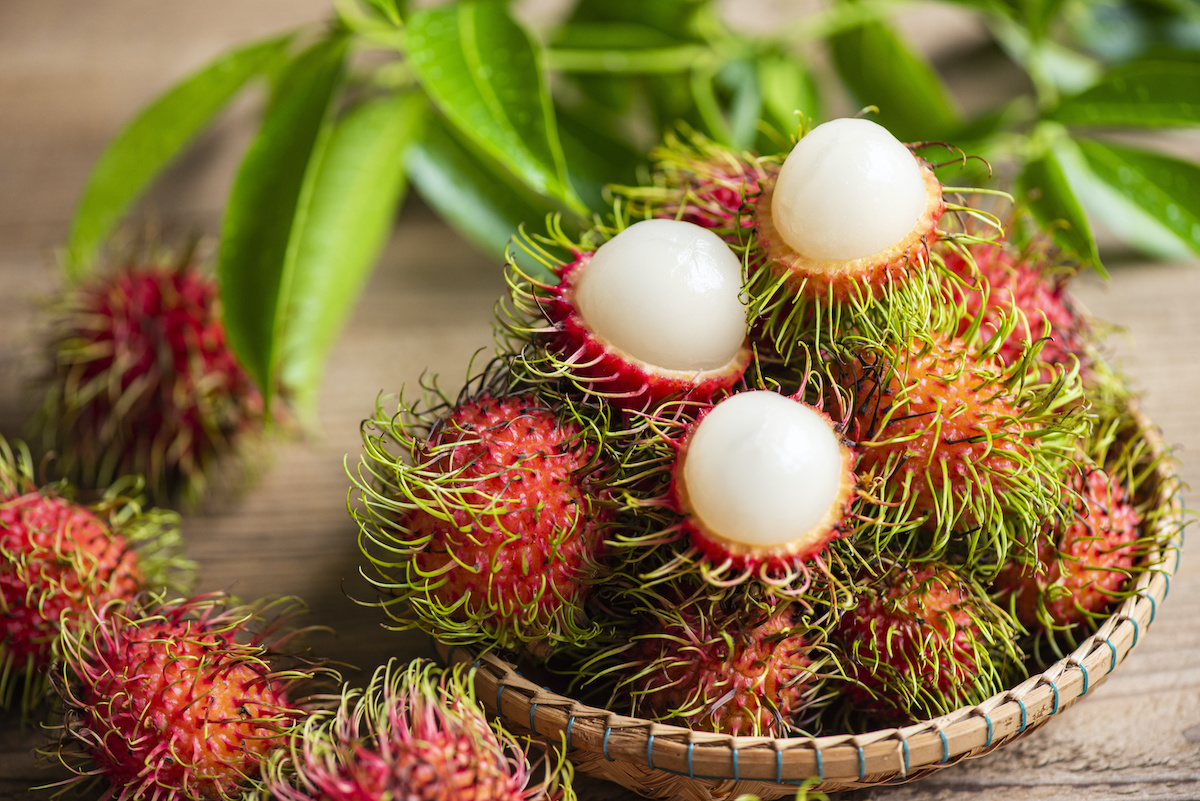
One rambutan fruit contains:
It’s a great source of vitamins A, B, and C. So if you’re looking for a boost of antioxidants, consider giving the rambutan a try!
The name for rambutan comes from the Malayan word for “hair,” referring to this fruit’s furry appearance.
Tamarind, a plant native to Southern Asia, comes in a tough inedible pod, with soft, brown insides. The flavor of tamarind is a mixture of sweet and tangy.
For the best experience, you shouldn’t eat tamarind on its own. Instead, it’s better to use it as an ingredient in sauces, jams, desserts, or curries.
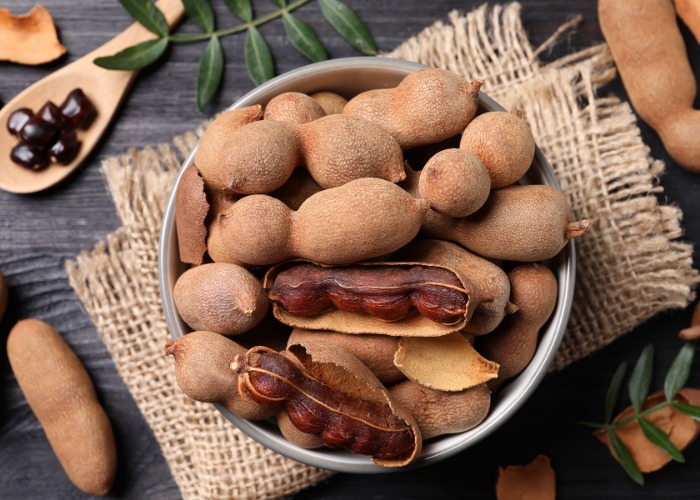
Tamarind provides 143 calories per cup, and it has 38 grams of carbohydrates, 0 grams of fat, and 2 grams of protein. Tamarind is an excellent source of several B vitamins like folate, thiamine, and niacin, too.
Tamarind is a popular part of medicine in various South Asian cultures. Some studies suggest it can help treat constipation.
The kaki persimmon, also known as the “Japanese persimmon” or “Chinese persimmon,” is a fruit native to Eastern Asia. It’s round and orange with flat brown leaves on top. This fruit has a sweet, tangy flavor.
All parts of the persimmon are edible except for the leaves, and it tastes wonderful when you eat it raw. It also goes well in Japanese-style flan or baked into bread and pie.

A standard kaki persimmon has 70 calories, 18.5 carbohydrates, half a gram of protein, and less than 0.2 grams of fat. It’s a reliable source of fiber and vitamin C, too.
Kaki persimmons are one of the oldest cultivated fruits in the world, dating back at least two millennia.
The durian (see also ‘Durian vs. Jackfruit: Weighing the Differences‘) is one of the most unique fruits on this list. This Indonesian fruit has a hard, spiky peel and a gooey, soft interior. Its flavor is a balance of sweet and savory, which some compare to custard, almonds, and even a hint of garlic.
You can eat durian raw if you’re a fan of its chewy texture. However, it’s most common to use this fruit in juices, smoothies, or desserts.

A one-cup serving of durian contains over 350 calories, 13 grams of fat, 66 carbohydrates, and 4 grams of protein. It’s incredibly nutritious and can provide huge doses of essential vitamins, like vitamin C and thiamine.
One important thing to know about durian is that it has a very pungent smell. So if you’re cutting open a fresh durian, you may want to do it outdoors. This unforgettable scent has resulted in several countries banning durian from public settings!
While their origins lie in South Asia, mangos (see also ‘Mango Brown Inside: Getting to the Bottom of the Problem‘) are an incredibly popular fruit around the world. They have fiber-rich peels that can be orange, yellow, or green, and a juicy orange interior. Their flavor is sweet and citrusy.
You can eat fresh mangos on their own — just make sure to avoid the pit in the center. They can also make delicious additions to smoothies, chutney, fruit salads, or curry sauces.

Mango fruit has around 200 calories, 1.3 grams of fat, 50 grams of carbohydrates, and around 3 grams of protein. They’re an excellent source of vitamin C, providing over twice the daily requirement.
Some consider the mango a symbol of love and friendship. It’s not uncommon to give a loved one a basket of this Asian fruit to show your appreciation!
Also known as “salak” in Indonesia, the snake fruit has a unique appearance. It gets its name from the scale-like texture on its outer peel. When you peel it, it looks similar to garlic cloves, though it has a sweet and acidic taste that one could compare to sour apples.
The outer peel of this fruit isn’t edible, but you can eat the cloves raw. They also taste great pickled, dried, or in juices and smoothies.
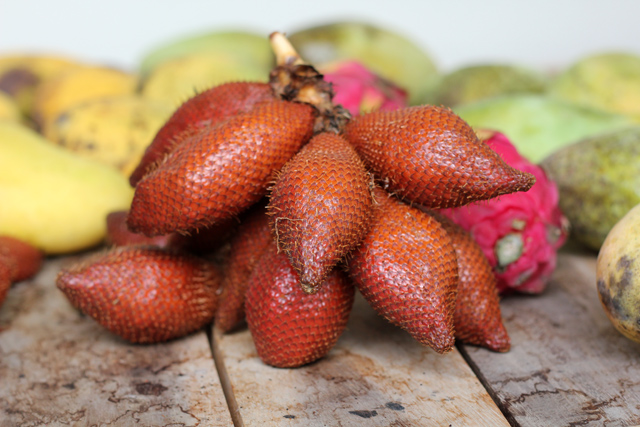
A serving of snake fruit will provide 80 calories, 12 grams of carbohydrates, and 0 grams of fat and protein. It’s rich in nutrients that are essential to vegan diets, such as:
A Malaysian series of stamps featured several local fruits, and one of them was the snake fruit. So if you’re a fruit enthusiast and a stamp collector, you may want to seek this one out and add it to your collection!
[thrive_leads id=’11437′]
Those who enjoy jackfruit might want to give breadfruit a try! This native New Guinea plant has a similar appearance and taste to jackfruit, with a hard green shell and a chewy inside. As the name suggests, it has a bread-like texture when you cook it. It has a starchy flavor with hints of nuttiness and earthiness.
You can eat breadfruit both raw and cooked. It also tastes delicious in pies, curries, and even baked into bread!
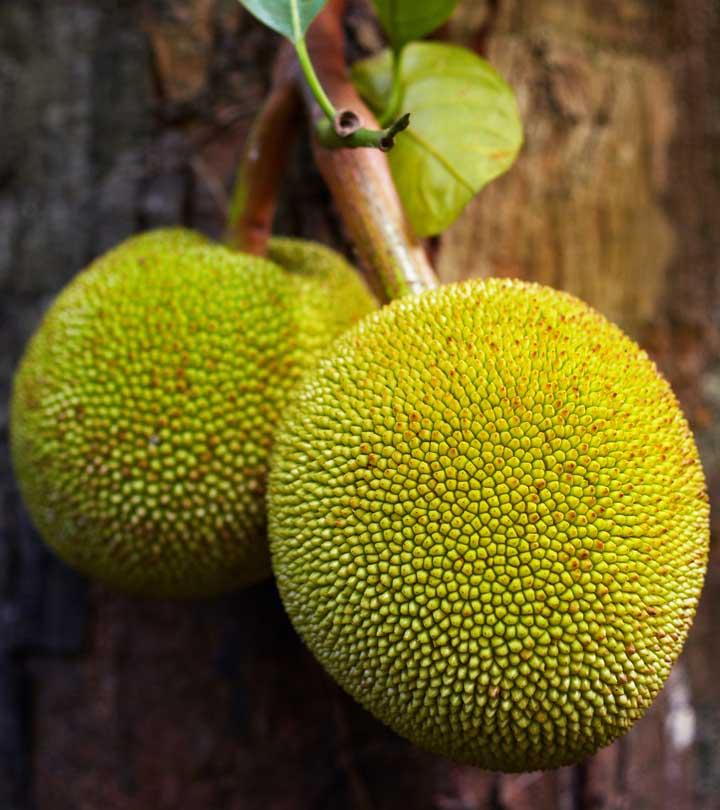
This New Guinea fruit is nutrient-dense. One cup of breadfruit contains over 200 calories, 60 grams of carbohydrates, half a gram of fat, and around 2.5 grams of protein. It can be an amazing source of vitamin C and calcium, too.
Just one tree can bear quite a bit of breadfruit — they can often provide up to 200 fruits in a single harvesting season!
Buddha’s hand is another Asian fruit with a unique appearance. It has a yellow peel with several long segments that look like a grasping hand. Its color and taste are similar to a lemon, except it doesn’t have a juicy center.
You typically wouldn’t eat Buddha’s hand on its own; instead, it’s more common to use it as a zest for dishes. You can also consume the dried peels if you’d like to reap more of this fruit’s health benefits.
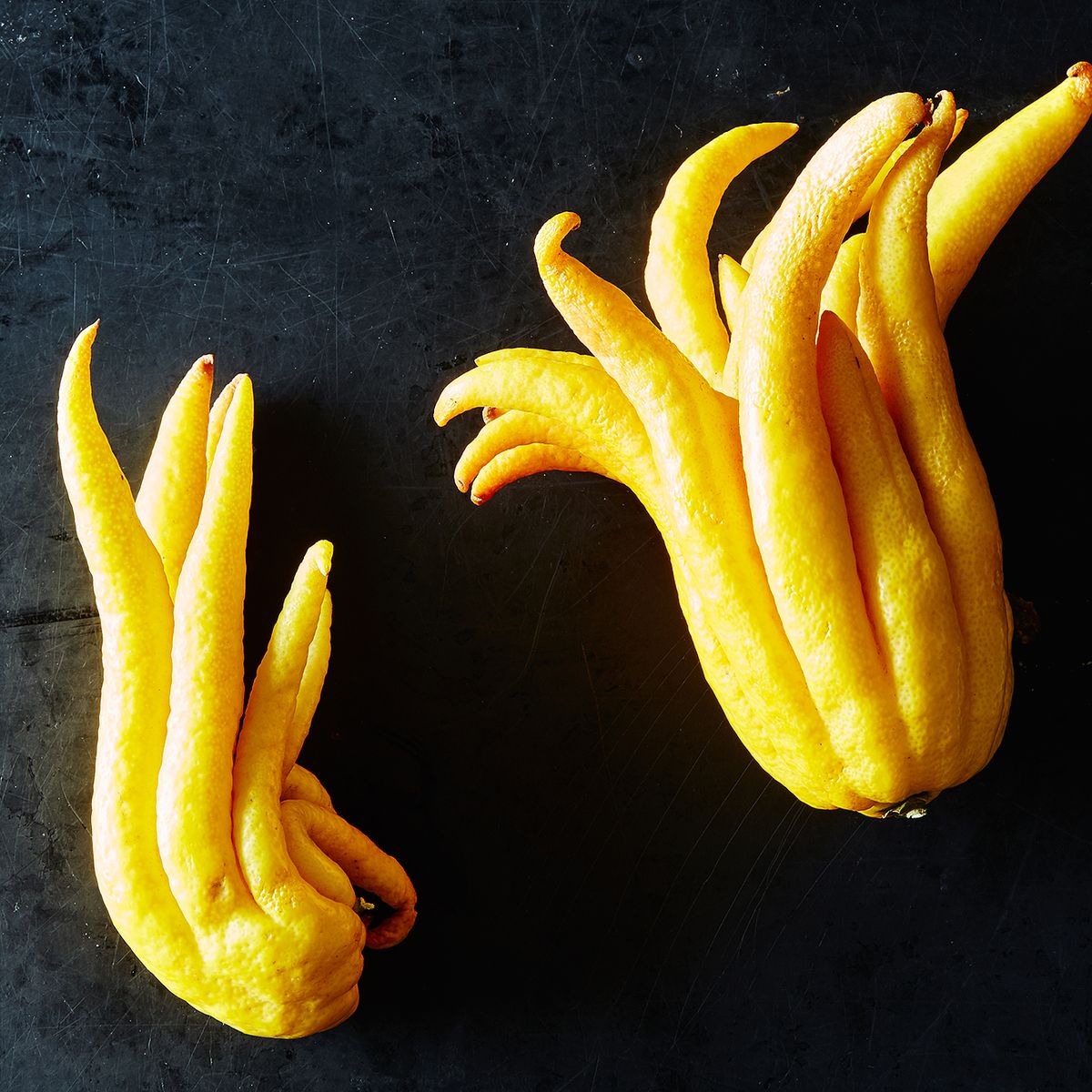
One ounce of Buddha’s hand contains roughly 14 calories, 5 grams of carbohydrates, and 0 grams of fat and protein. It’s high in fiber, vitamin C, and calcium as well.
As the name suggests, Buddha’s hand is a popular offering in Buddhist temples throughout Asia.
Native to the Mediterranean region and western Asia, the common fig is a sweet and flavorful fruit. It has a purple-brown peel and a soft and juicy red interior.
There are several different ways to enjoy these tasty Asian fruits. It’s most common to eat figs dry, but you can also enjoy them fresh. Jams and preserves are another common way to enjoy figs!
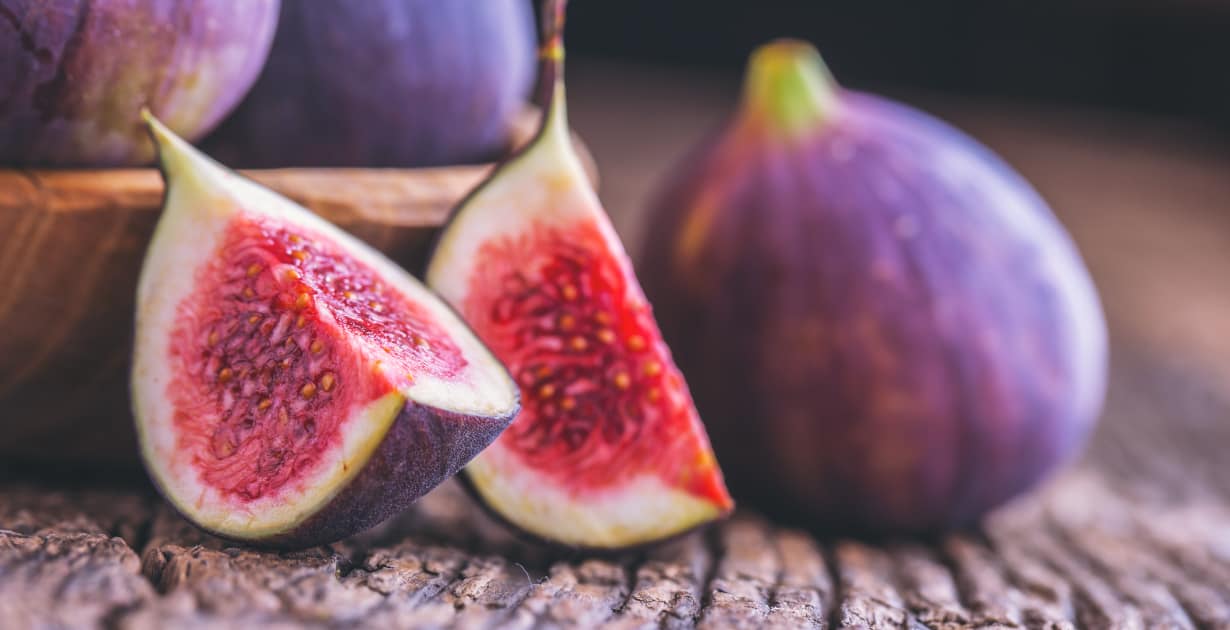
A typical fig provides 37 calories, 10 grams of carbohydrates, 0 grams of fat, and 0 grams of protein. These fruits can be a reliable source of fiber, calcium, and iron.
The fig has significance in Abrahamic religions, particularly in the Old Testament. For instance, many believe that the “forbidden fruit” that Adam and Eve tasted was a fig instead of an apple!
If you’re sticking to a vegan lifestyle, it’s essential to have a lot of variety in your diet — and what better way to do that than with these delicious Asian fruits?
Not only can these fruits satisfy your hunger, but they can provide various health benefits.
So next time you’re craving something sweet and refreshing, consider stopping by your nearest Asian markets to see if any of these unique fruits are in stock.
https://foodprint.org/real-food/asian-pears/
https://asiatimes.com/2016/05/food-lychee-the-fruit-of-love-and-life/
http://veganliftz.com/vegan-sources-of-calcium/
https://www.hsph.harvard.edu/nutritionsource/vitamin-c/
https://www.kidney.org/atoz/content/why-you-should-avoid-eating-starfruit
https://theculturetrip.com/asia/singapore/articles/8-things-you-need-to-know-about-durian-the-worlds-smelliest-fruit/
https://www.healthline.com/nutrition/rambutan
https://www.healthline.com/nutrition/figs-benefits



At VL, our story is one of overcoming the challenges life has thrown our way. We’ve faced personal and professional setbacks, endured mental and physical struggles, and emerged with a deep understanding of how to live with intention. Over the past 35 years, we’ve committed to building a life centered around health, happiness, and purpose. This site is a result of those experiences, designed to help others, like you, navigate times of change and discover opportunities for growth. We would be honored to have you join us on this path toward a fulfilling future.
Address: 1300 Avenida Vista Hermosa, San Clemente, CA 92673, United States | Phone Number: +1 (949) 248-0131 | Email: contact@veganliftz.com